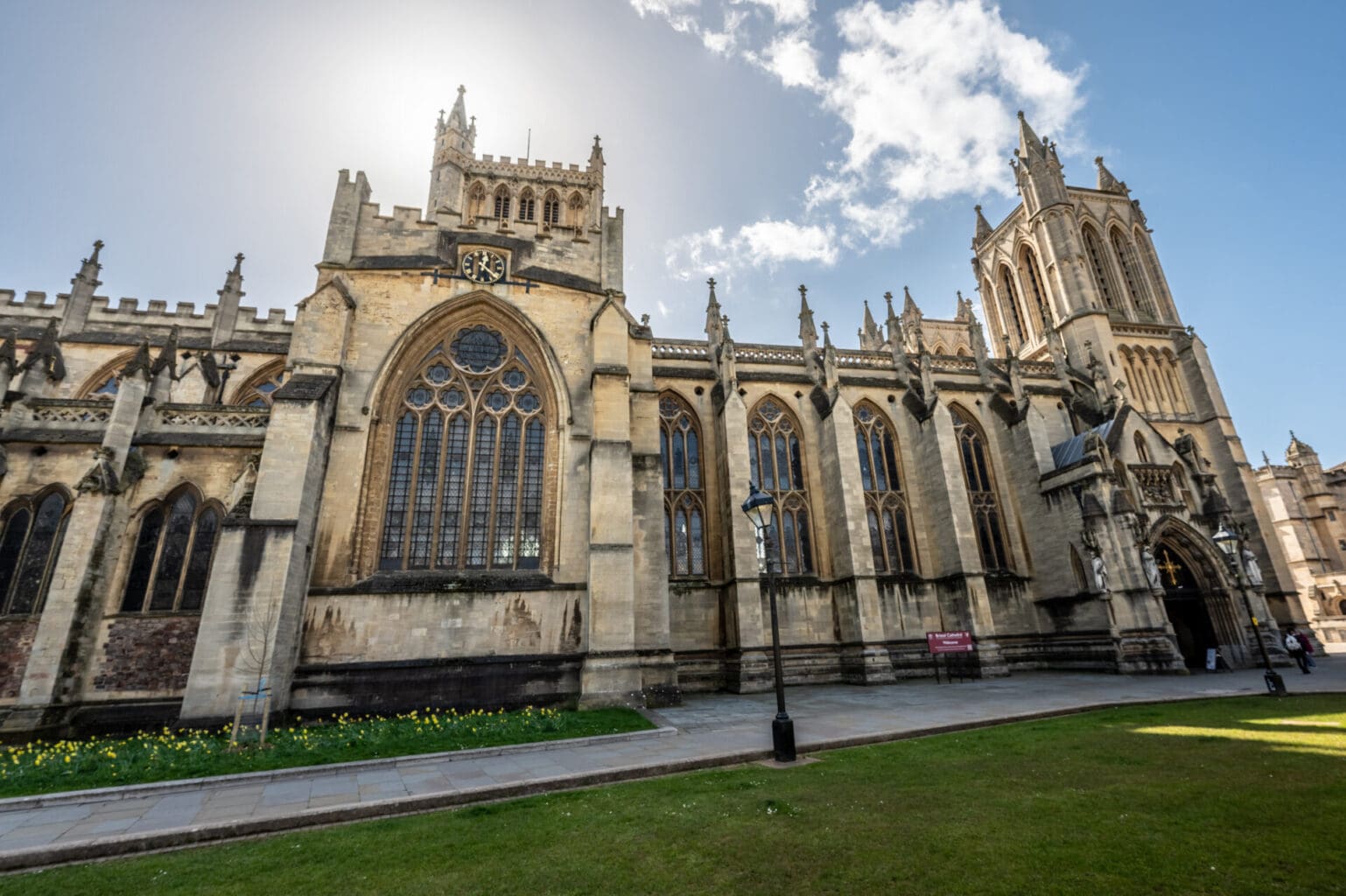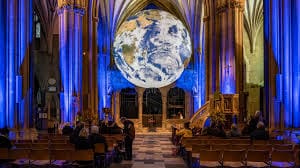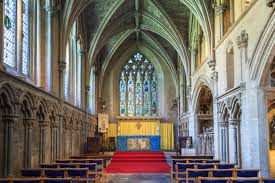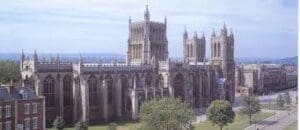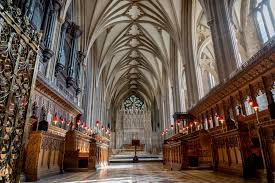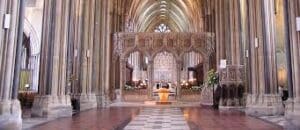Description
Bristol Cathedral, formally known as the Cathedral Church of the Holy and Undivided Trinity, is one of the city’s most striking landmarks, blending over 800 years of architectural history. Founded in 1140 as St. Augustine’s Abbey, it became a cathedral in 1542 following the Dissolution of the Monasteries. Its architecture is notable for its unique “hall church” design, where the nave, choir, and aisles are all the same height—a rare feature in British cathedrals that creates a spacious, light-filled interior. The building incorporates styles from Norman and Gothic to Victorian Gothic Revival, reflecting centuries of additions and restorations.
Inside, visitors can admire the intricate rib-vaulted ceilings, richly carved choir stalls, and beautiful stained-glass windows, some dating from the medieval period and others from 19th- and 20th-century restorations. The Elder Lady Chapel, dating to the early 13th century, is one of the oldest surviving parts of the building, while the Chapter House showcases exquisite Norman stone carving. The cathedral also houses memorials to notable figures from Bristol’s history, as well as a fine organ used for regular services and concerts.
Beyond its role as a place of worship, Bristol Cathedral serves as a community and cultural venue, hosting choral performances, art installations, and civic events. Its location at the bottom of Park Street, next to College Green, makes it a popular stop for both tourists and locals. Offering free entry, guided tours, and a tranquil atmosphere, it remains a place where history, architecture, and spiritual life converge in the heart of the city.
Location
-
College Green, Bristol BS1 5TJ, England, UK
